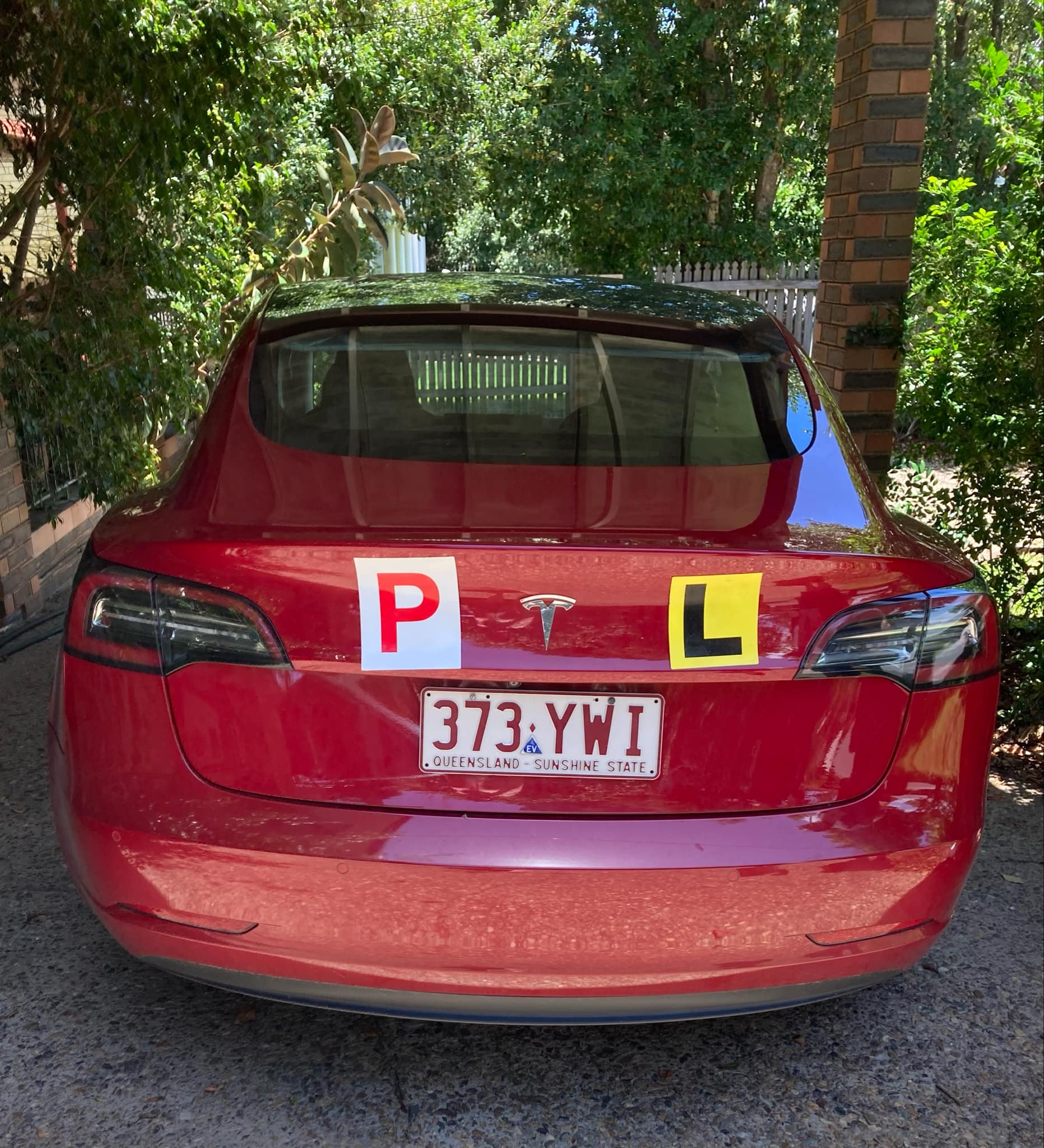Sign up for daily news updates from CleanTechnica on email. Or follow us on Google News!
In the past few days I’ve been going deep on some very odd results out of a Canadian transit think tank’s research and reports for client municipalities, finding that bad assumptions and worse scenarios resulted in $1.5 billion being taken off of hydrogen bus costs. Discussion around this led to a list of all of the hydrogen bus trials globally that have failed emerging. Let’s take a romp through the rusting hulks of hydrogen buses of the past couple of decades.
David Cebon, founder and director of the Centre for Sustainable Road Freight at Oxford, provided some of these, overlapping with ones I had explored at various times. Others I provided to him for his emerging database of hydrogen trial failures and others I found while pulling together this amuse bouche.
Let’s cast our minds back to the turn of the century, when everyone was worrying about the Millennium Bug, blowing their retirement investments on pets.com and partying like the world was ending with helium balloons and dry ice. In Vancouver and Chicago, the transit agencies had another lightweight molecule on their mind, hydrogen. Both trialed fuel cell buses with an early iteration of Ballard’s still-not-fit-for-prime-time technology inside, putting three buses each on the roads.
Both cities abandoned the trials, citing very high capital costs, very high maintenance costs and in one case, very long refueling times. The faint hope expressed was that maybe in a decade they would be competitive with diesel buses, but that’s still not the case, 15 years after that optimistic timeline. Thankfully, another city, the capital of Canada, Ottawa, looked at these results and said, not us. So should every other transit agency that’s gone down this path for the past quarter century, yet the list is just getting started.
In 2010, for the Winter Olympics, Whistler, BC — just up the road from Vancouver so they should have known better — started a trial of 20 hydrogen buses. They were maintenance nightmares, the water coming out of the fuel cell froze inside the buses, leaving them disabled beside the road and green hydrogen for them was shipped 4,500 kilometers from Quebec. They were abandoned in 2014 and there’s an implicit governmental rule to not do this again, one that BC is starting to break, exemplifying the definition of insanity.
In 2011, Oslo, Norway started the fuel cell journey. They managed to get five hydrogen buses into service in 2013, which were operated for a couple of years and were abandoned. Oslo is acquiring hundreds of electric buses with the target of being fully battery electric by the end of 2023, something that they almost achieved.
In 2014, San Remo, Italy picked up five hydrogen buses, funded by the government through FCH-JU under grand agreement 278192. Of course, San Remo realized the folly of its ways and is revamping its electric trolley buses with new battery electric buses. There’s no evidence that the hydrogen buses are still in operation.
Flanders, Belgium picked up five of the buses the same year. Of course, it’s just down the road from the Van Hool headquarters in Koningshooikt. Despite that, the Flanders transit agency De Lijn is very clear on its website that all buses and trams will be battery electric or running on overhead wires, with nary a mention of hydrogen.
Things cooled off for a while in hydrogen bus land, as all of the failures were top of mind. Then time passed and memories dulled, and a new crop of failures emerged.
In 2019, the commune of Pau in France, was awarded a lot of money to buy a fleet of hydrogen buses, €33 million. However, in 2022 the city council actually looked at the numbers and realized that running the buses would cost six times as much as running battery electric buses. Not only that, the hydrogen buses were a couple of hundred thousand euros more expensive than battery electric buses. As a result, the council wisely turned down the big pot of really tempting money and is just putting in battery electric buses instead. Once again, there’s a lesson there for other transit organizations and cities, one that they keep ignoring.
In 2021, the city of Wiesbaden, Germany bought ten hydrogen buses. A year later they returned them all because of the operational complexity and high infrastructure costs associated with hydrogen. Among other things, their €2.3 million refueling station broke down, a very common affair for hydrogen refueling facilities globally, where it’s common for them to be being fixed more than they are pumping hydrogen. The city now operates one of Germany’s largest electric bus fleets, indicating a strategic pivot toward simpler and more cost-effective technologies for urban decarbonization.
A few years ago, when a Lord’s son’s bus company was facing receivership, the firm magically received an order for a bunch of hydrogen buses for London’s transit system. In 2022, the transit system reported on the results. Battery electric buses were 100% suitable for routes, while the hydrogen buses were only 95% suitable. It was a lot easier to fit the electric buses into operations than hydrogen one. Fuel cell buses were 30% to 40% more expensive to buy and four times as expensive to operate. Fuel cell buses weren’t considered competitive options even at a deeply unrealistic price point of £5 per kilogram for hydrogen, far below every empirical cost point globally for delivered hydrogen and far below the 2023 average cost of just manufacturing green hydrogen.
In 2023, Vienna, Austria cancelled an order for ten hydrogen buses because they didn’t meet their requirements. However, it seems Vienna didn’t learn their lesson that the problem was hydrogen, not the original vendor, and has reissued the tender calling for hydrogen buses. Another case study in doing the same thing and expecting something to change.
On July 18, 2023, a $1.1 million hydrogen fuel cell bus belonging to the Golden Empire Transit District (GET) in Bakersfield, California, was destroyed in a fire during refueling. The hydrogen fueling station, valued at over $3 million, also sustained some damage. Very expensive bus, very expensive refueling station, very dangerous gas. Despite this, California’s small handful of long running hydrogen bus fleets keep running, for now, mostly because the state keeps throwing money at it. Structurally, that’s because of the large group of lobbyists in Sacramento, not due to the merits of California’s hydrogen bus fleets. After all, the buses are all much more expensive than battery electric buses, never mind diesel, they cost 50% more than diesel to maintain every year than diesel and double what battery electric costs, and the hydrogen is absurdly expensive and all gray, leading to no emissions reductions when leaks are taken into account.
In Palma, Spain in mid-2023, the five hydrogen buses they’d bought weren’t working at all because the hydrogen refueling station wasn’t working, once again a common occurrence with hydrogen. The small number of hydrogen refueling facilities actually in operation have a litany of very difficult to avoid issues because dealing with a very flammable gas that’s an escape artist and is also under pressures equivalent to 3 to 7 kilometers under the surface of the ocean requires perfectly machined, perfectly maintained, expensive gear. Compressors fail constantly. Getting more charging for the electric buses was a piece of cake, but fixing hydrogen’s problems? More like road kill.
No to be outdone, Liverpool bought 20 hydrogen buses in 2022, and then couldn’t operate any of them around the same time Palma’s fleet was off the roads because they couldn’t get green hydrogen. At least they were trying to get it, unlike most hydrogen fleets globally. Transit operators must always ask where the hydrogen will come from and how much will it cost end to end. Too many business cases miss that moving hydrogen is really expensive, as is storing it, compressing it, liquifying it and pumping it. Liverpool is also having fleet integration issues because they are running diesel, battery electric and hydrogen buses, and the latter require a lot of extra training and operational procedures for drivers and staff. Complexity matters and running two types of buses, even if the battery electric buses are much simpler, is complex enough. Running three types is a big problem for the small number of fleets trying this out.
In South Tyrol in Italy, SASA operates 16 fuel cell buses and a bunch of electric buses, in addition to older diesel buses. They agreed to have local Eurac Research document the operational costs. Hydrogen buses cost 2.3 times more to run than electric buses, something that doesn’t require post facto data gathering to determine, as much higher costs are experienced everywhere hydrogen buses are trialed.
Back to Spain this year, Tarragona had started procurement of a mixed fleet of hydrogen and battery electric buses in 2022. As procurement dragged on, only one vendor offered any hydrogen buses and their terms were unacceptable. After a bunch of backing and forth, the city decided that hydrogen just wasn’t worth it and was going to stick to simple, easy to procure electric buses.
Meanwhile, in Mallorca, the rollout has stalled, per social media reports, because five buses had leaks of refrigerant into the fuel cells, bricking them.
Globally, the real news about hydrogen buses isn’t the early gushing reports of transit organization buying them, it’s that far more transit organizations tried them and abandoned them, or tried them and said they weren’t buying any more, or did the math and called the whole thing off, than transit firms still operating hydrogen buses.
Where there are fleets of hydrogen buses operating for more than a handful of years trial and then being abandoned, there are usually extenuating circumstances. California has the tons of governmental money, bureaucracy and lobbying that’s keeping the hydrogen buses operating, as well as a bunch of hydrogen enthusiasts who are toxically resistant to empirical reality and shout down any questions about costs. Aberdeen is a North Sea oil and gas hub betting on blue hydrogen. Foshan in China decided it was going to bet on hydrogen for transportation as its big manufacturing and export growth strategy, to very limited success, and even it had to shut its hydrogen tram down recently. Essen in Germany has a similar idea and is in the middle of Germany’s chemical industrial hub; it thinks it’s in the new gold rush, but it’s more a rush of economic mold.
Of the epicenters of hydrogen folly around the world, Vancouver, BC, home of Ballard Power and other perpetually money losing hydrogen technology firms, is the only one without a hydrogen bus fleet trial, and that’s because the province and Vancouver already tried it twice with disastrous results. They’ve learned their lesson by failing twice. Other transit agencies should learn the lesson from all the other failures.
Chip in a few dollars a month to help support independent cleantech coverage that helps to accelerate the cleantech revolution!
Have a tip for CleanTechnica? Want to advertise? Want to suggest a guest for our CleanTech Talk podcast? Contact us here.
Sign up for our daily newsletter for 15 new cleantech stories a day. Or sign up for our weekly one if daily is too frequent.
CleanTechnica uses affiliate links. See our policy here.
CleanTechnica’s Comment Policy




